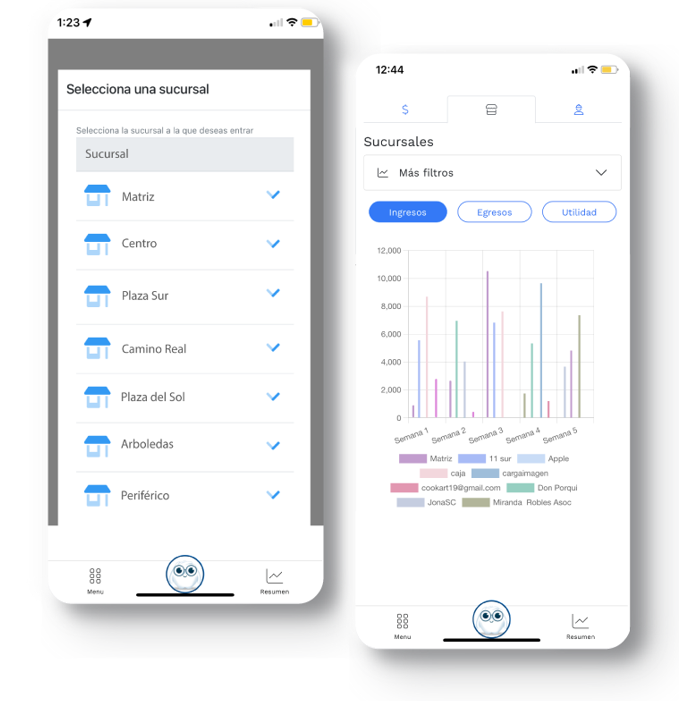The Rising Adoption of Face Swap Applications
Millions of individuals have been using face swapping applications to change their look and post the results on social media with friends and followers. These apps have grown in popularity in recent years. These applications employ cutting-edge technology to map and identify the user’s face, enabling them to interchange it with the face of a fictitious character or another person with ease. The rising popularity of these applications might be attributed to their simplicity of use and their capacity to produce amusing and remarkable alterations.
Read More: face swap
As social media platforms like Instagram, Snapchat, and TikTok have grown in popularity, face swapping has developed into a lighthearted and enjoyable method for users to interact with their followers and produce viral content. An increasing number of people are using face swapping applications because they want to test out the newest and most lifelike face switching technology, which has been made possible by the popularity of face swapping filters and effects on these platforms.
Face swapping applications are becoming more and more popular, which has increased user engagement and pleasure, but it has also sparked worries about privacy and possible technological abuse. Users should take precautions to guarantee safe and responsible usage of these applications as face swapping becomes more widespread and aware of the hazards involved.
Applications for Face Swap: Their Advantages
In recent years, face swapping applications have gained popularity as a way for users to easily switch their faces with those of others in pictures and videos. These applications have several advantages over entertainment, even if they could merely appear to be a lighter and enjoyable way to kill time.
Making original, shareable material is one of the main advantages of utilizing face swapping programs. Users may make humorous and captivating images and films that are ideal for posting on social networking sites by exchanging faces with friends, relatives, or even celebrities. This can improve the relationships between friends and family members and make people laugh and smile.
Furthermore, face swapping programs may be utilized for more useful tasks like producing realistic and polished photographs. Users may build distinctive and striking photographs that can be utilized for commercial photography projects or personal branding by exchanging faces with high-quality photos of models or celebrities.
Guides for Conscientious and Safe Face Swapping
Face swapping applications are becoming more and more popular, therefore it’s vital to think about the privacy issues and possible threats that come with this technology. It’s important to utilize face swapping applications ethically and securely, even if it may be an enjoyable and engaging method to generate unique material.
Reading the app’s terms of service and privacy statement thoroughly is one of the most important safety precautions when face swapping. Make sure the app developer is using and storing your photographs and personal info in a way that you are comfortable with. It’s also crucial to exercise caution while granting the app access to your contacts, camera, and location.
Taking into account the possible repercussions of uploading face-swapped photos on social media and other platforms is a crucial component of safe and ethical face switching. Whenever possible, get permission from the people whose faces are being switched, particularly if you intend to distribute the pictures online. Be mindful of other people’s privacy and refrain from producing inaccurate or dangerous information via face swapping technologies.
Frequently Requested Enquiries
How do face swapping applications work, and why are they getting so much traction?
Mobile apps known as “face swappers” let users replace their faces in pictures or videos with those of other people. its capacity to produce original, humorous content and its entertainment value have helped them become more well-known.
What dangers and privacy issues are connected to face swapping applications?
Face swapping applications might cause privacy issues since they need to have access to the user’s camera and photo library. Additionally, there’s a chance that private images will be disseminated or exploited without permission. Furthermore, revealing private photos or sensitive information inadvertently might occur when utilizing face swapping apps.
What unexpected repercussions may face swapping have?
A side effect of face swapping is the possibility of fraud or identity theft. Malicious people can use the technology to construct false identities or impersonate others since it allows them to swap faces. There may be major ethical and legal ramifications to this.
What advantages do face swapping applications offer?
Face swapping applications may be a creative and enjoyable method to produce original material, even though there are hazards associated. They provide users the chance to express themselves and be creative by letting them experiment with various appearances and identities.
What are some guidelines for responsible and secure face swapping?
Before installing any face swapping program, be sure to read its permissions and privacy statement to guarantee safe and responsible use. Users should also use caution when disclosing private or sensitive information and refrain from face-swapping without permission.
What uses for face swapping technology does the future hold?
Face swapping is expected to grow more complex and lifelike as technology develops. It is anticipated that face swapping technology will become increasingly more integrated in a variety of businesses, including gaming, entertainment, and security.
Finally, what are your opinions about face swapping apps?
Apps that swap faces have completely changed how we view and work with digital images. Although these programs provide a creative and enjoyable way to express oneself, it is important to understand the hazards involved and take the appropriate safety measures to preserve privacy and uphold moral principles.

